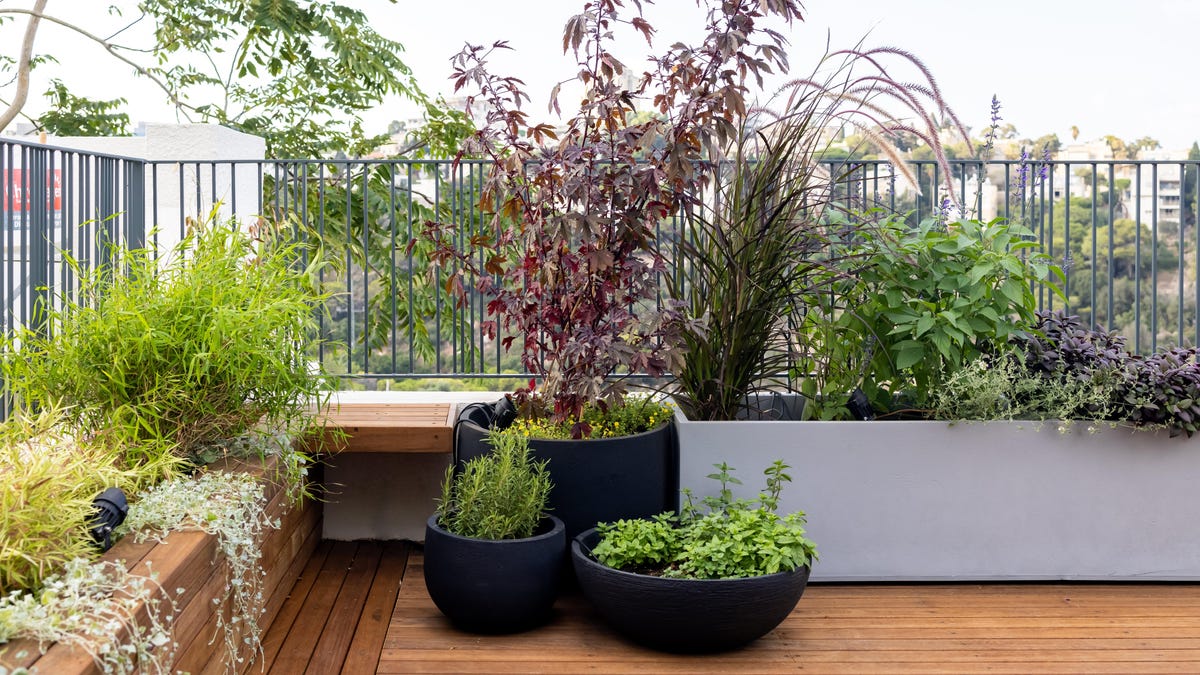You Can Use a Pool Noodle to Prop Up Small Plants in Large Pots
Around here, we love pool noodles. What makes them so special and versatile is the padding they offer and the delicate hole down their center—both of which are key to their functionality in your planters this summer, too.Read more...

Around here, we love pool noodles. What makes them so special and versatile is the padding they offer and the delicate hole down their center—both of which are key to their functionality in your planters this summer, too.
By using a few pool noodles in your planters, you don’t need to use as much soil, but you can still keep the plants themselves up near the top of the vessel, giving them the look of being bigger and sturdier. They’ll get big and sturdy, though, because the pool noodles still leave space for water, air, and roots—all the components those babies need to grow strong.
Depending on how big your planters and plants are, you can approach this one of two ways, but first, fill the bottom of your planter with a little soil or sand to give it extra weight. After that, the first method involves coiling a noodle or two into the planter, then filling the center of the coil with soil until it covers the whole piece of foam, like this:
You can also cut a few noodles into segments that are about six to eight inches shorter than your planter overall and place them in vertically to add even more height and stability for smaller plants. It looks like this:
When adding your soil, make sure it covers the noodles a little bit so they aren’t visible. Plus, you do still need a few inches of soil at the top to, you know, plant the plants. You should also try to do this with plants that are bushy or hang over the edge of the vessel, as they’ll add extra coverage so the foam isn’t visible.
Finally, don’t shove the noodles in there too tightly. You want space for drainage, but that might mean soil falls down inside them over time and you’ll need to redo the structure every once in a while. Watch to make sure the plant isn’t looking too tilted or the noodles aren’t becoming visible. As it grows, you may also want to cut the noodles down to give it more space.

 JimMin
JimMin 
































